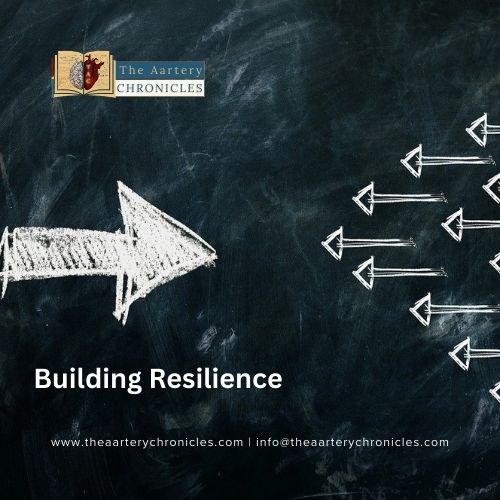Loneliness: Struggles and Strategies for Overcoming It
Reading Time: 6 minutesDiscover the complexity of loneliness and strategies to overcome it. Explore practical tips for a healthier, happier life.
Loneliness: Struggles and Strategies for Overcoming It Read More »
Blogs, Cryptic Aphorism, People Forum








